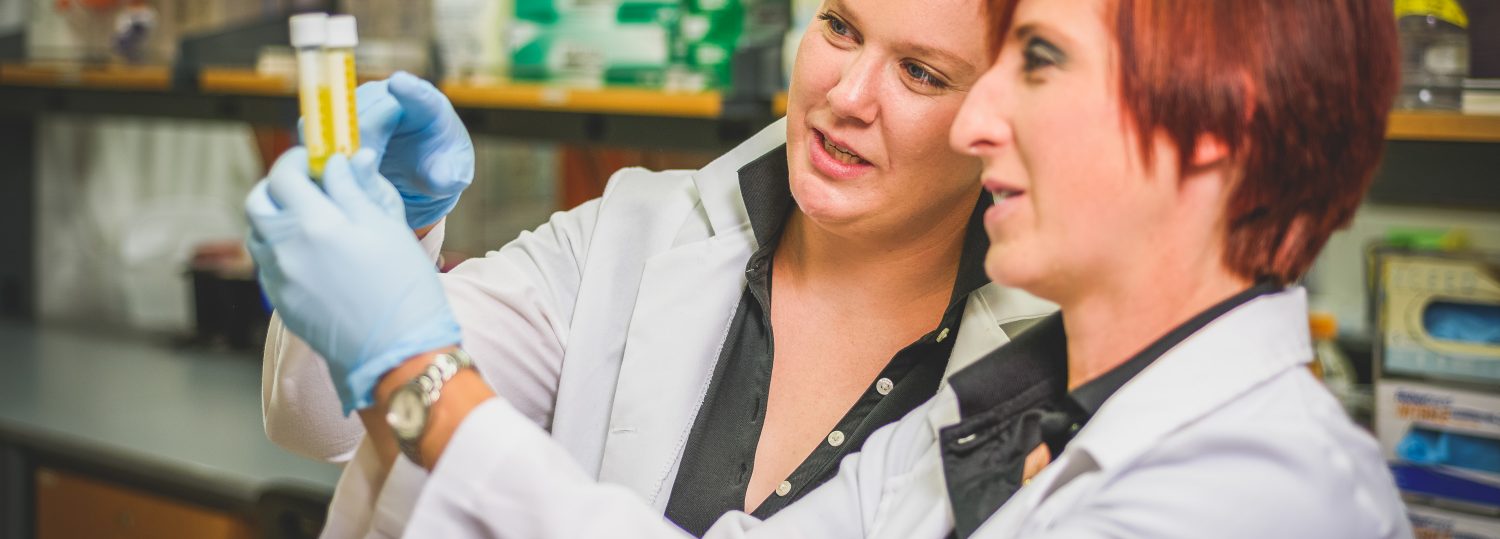
Curing joint infections
Joint infections in horses are an emergency. They may lead to devastating consequences to a horse’s soundness, athletic performance or their lives. Up to 6-10% of horses will lose their life and 50% of horses will acquire arthritis, even when they receive prompt treatment.
Arthritic changes decrease a horse’s ability to return to their previous level of performance and may end promising athletic careers – this is awful for the horse and heart-breaking for the owner. Bacterial infections in other areas of the body can usually be eliminated with a course of antibiotics. However, when bacteria enter a joint, they interact with joint fluid and group together in a protein-containing clump that allows them to evade antibiotics – even when used at a concentration 100x higher than normal in a clinical setting.
We recently found that platelet-rich plasma (a.k.a. PRP), a therapy commonly used to help horses recovery from athletic injuries, is useful in fighting off bacterial infections. The main component of PRP is the platelet, a cell critical for blood clotting. An important additional function of platelets is as an immune cell that produces proteins to help the immune system recognize, fight and clear infection from bacteria and viruses.
Will this promising therapy be effective in horse joint infections?
That’s the question we’re answering.
If using the antimicrobial components of PRP in combination with antibiotics is successful, it will result in decreased hospitalization time and cost, as well as decreased pain and suffering. This will allow horses to live happier, healthier lives.
Dr. Jessica Gilbertie, DVM joined the Schnabel lab in 2016 and is investigating how to prevent bacterial clumping from allowing antibiotic resistance.
Her preliminary data, acquired with Dr. Thomas Schaer at the University of Pennsylvania, show that PRP can break down clumped bacteria, which are then susceptible to traditional antibiotic treatments.
The next step is to properly test this treatment combination and develop it into a fully-viable treatment option.
